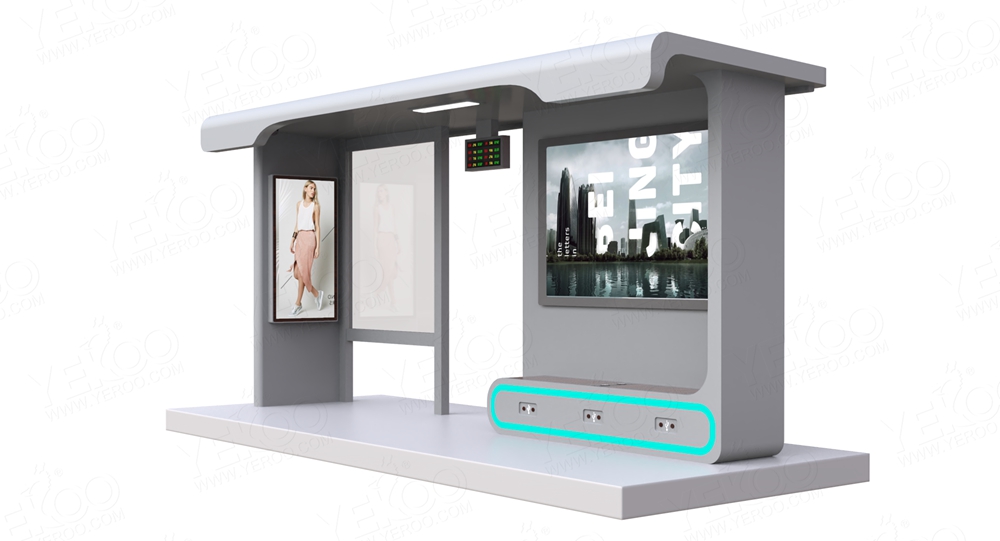Efficient and well-designed bus stop infrastructure plays a pivotal role in enhancing urban mobility and connectivity. The development of bus station platforms brings numerous conveniences to a city, positively impacting both residents and visitors. This article explores the various ways in which the construction and improvement of bus stops contribute to the overall convenience of a city.
1. Accessibility and Connectivity:
One of the primary advantages of a well-constructed bus stop is improved accessibility and connectivity. Strategically located bus stations create a network that facilitates the seamless movement of people across the city. This enhanced connectivity reduces travel time and makes public transportation a more attractive option for commuters.
2. Time Efficiency:
Bus stop infrastructure contributes to the efficiency of public transportation systems, minimizing delays and optimizing travel times. Well-designed stations with designated lanes and boarding areas help streamline the boarding and alighting process, resulting in quicker turnaround times for buses.
3. Information Dissemination:
Modern bus stops are equipped with real-time information displays, offering commuters accurate details about bus arrival times, routes, and potential delays. This information empowers passengers to plan their journeys more effectively, reducing uncertainty and waiting times.
4. Safety and Comfort:
The construction of bus stations prioritizes the safety and comfort of commuters. Covered waiting areas protect passengers from adverse weather conditions, ensuring a more pleasant experience. Additionally, well-lit and secure bus stops contribute to overall public safety, fostering a sense of security among users.

5. Technological Integration:
Advanced bus stop infrastructure incorporates smart technologies, such as contactless payment systems and Wi-Fi connectivity. These features enhance the overall convenience for passengers, making the public transportation experience more modern and user-friendly.
6. Environmental Sustainability:
A well-organized public transportation system, supported by thoughtfully designed bus stops, encourages the use of eco-friendly modes of transport. By reducing the reliance on individual vehicles, cities can decrease traffic congestion and lower carbon emissions, contributing to environmental sustainability.
7. Economic Impact:
The development of bus stations can have a positive economic impact on surrounding areas. Improved connectivity often attracts commercial and residential developments, fostering economic growth and creating a vibrant urban environment.
8. Inclusive Urban Planning:
Bus stop infrastructure contributes to inclusive urban planning by ensuring that public transportation is accessible to people of all ages and abilities. The design of stations takes into account the needs of individuals with disabilities, promoting a more inclusive and equitable city.
The construction and enhancement of bus stop infrastructure bring a multitude of conveniences to urban life. From improved accessibility and connectivity to enhanced safety and comfort, well-designed bus stations play a crucial role in creating a sustainable and efficient public transportation system. As cities continue to evolve, investing in bus stop development remains a key aspect of fostering a connected, accessible, and convenient urban environment.








 Share to:
Share to: